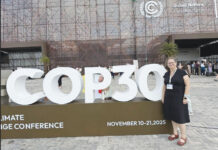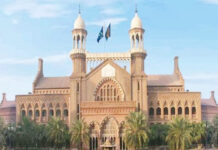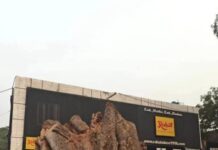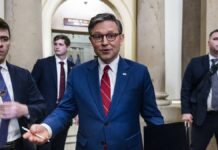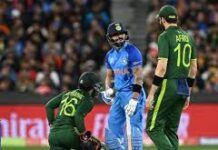The budgeting process took another step forward with the National Economic Council approving the federal Public Sector Development Plan of Rs 950 billion. It is not so much the size of the PDSP that indicates it was designed with elections in mind, as the fact that 46 percent of the allocation would go to 311 new schemes, while the remaining 871 ongoing schemes would get the remaining amount. Thus the budget has a bias built in towards new schemes, which would indicate ribbon cuttings by coalition legislators close to the polls, but trying to avoid the Election Commission’s imposition of a ban on new schemes. The focus on new schemes cannot be ascribed to legislators excluded from the development process making up for lost time. For one thing, a minority of the supporters of the government had been supporting the previous government as well, and were beneficiaries of the development process then too. Also, Treasury legislators had last year to make up for the deprivations of opposition. The 871 ongoing schemes would include many schemes only approved last year.
However, while the government would only love to fulfill the sentiment expressed by the Prime Minister while directing that the information technology sector get major incentives in the budget, the reality is bleaker. The Economic Coordination Committee of the Cabinet had to approve a Ministry of Economic Affairs request for Rs 402 billion extra, which it needs to meet the costs of rupee devaluation. The rupee may have gained Rs 5 in the open market, but it lost Re 0.37 in the interbank market, with the differential between the two at Rs 16, which was not particularly sustainable. The NEC’s growth and inflation projections were depressing. Growth was targeted at an anaemic 3.5 percent, while the inflation target was 21 percent. In short, the NEC expects another year of stagflation. The World Bank is even more pessimistic, predicting growth of two percent.
The government is also seeking a deal with the IMF, which will explain why the petrol levy is expected to go up to an inflationary Rs 60 per litre. This is expected to add to hardship, with petrol prices expected to rise, even as the rupee declines. One of the first targets of the IMF is development spending, and the first schemes to be axed are new ones. Is the NEC merely setting up easy targets for the IMF, or does the government intend to defend its development spending?

